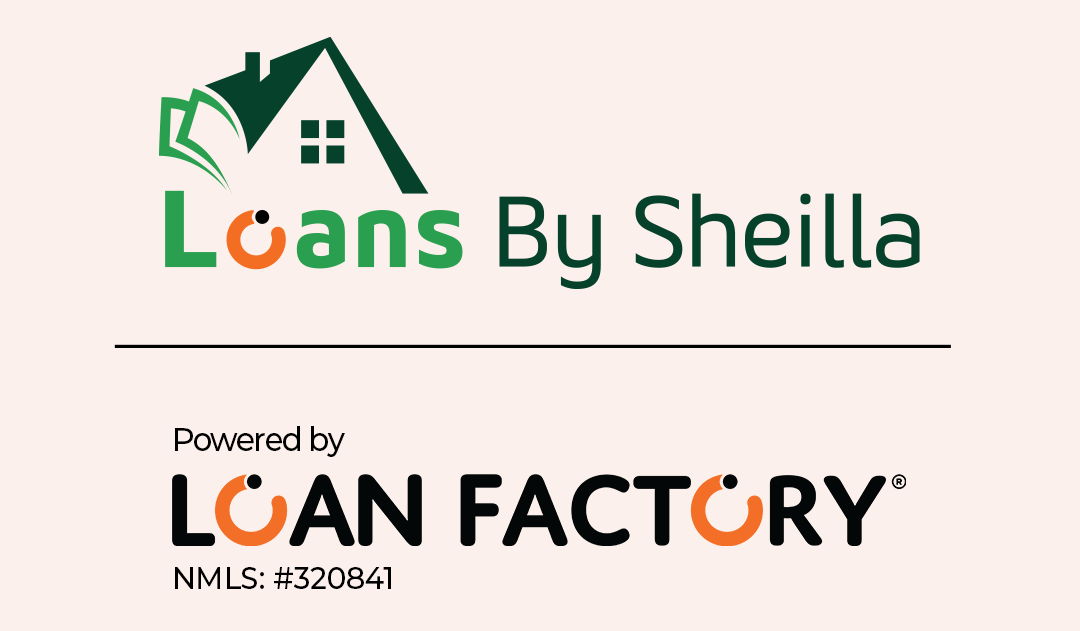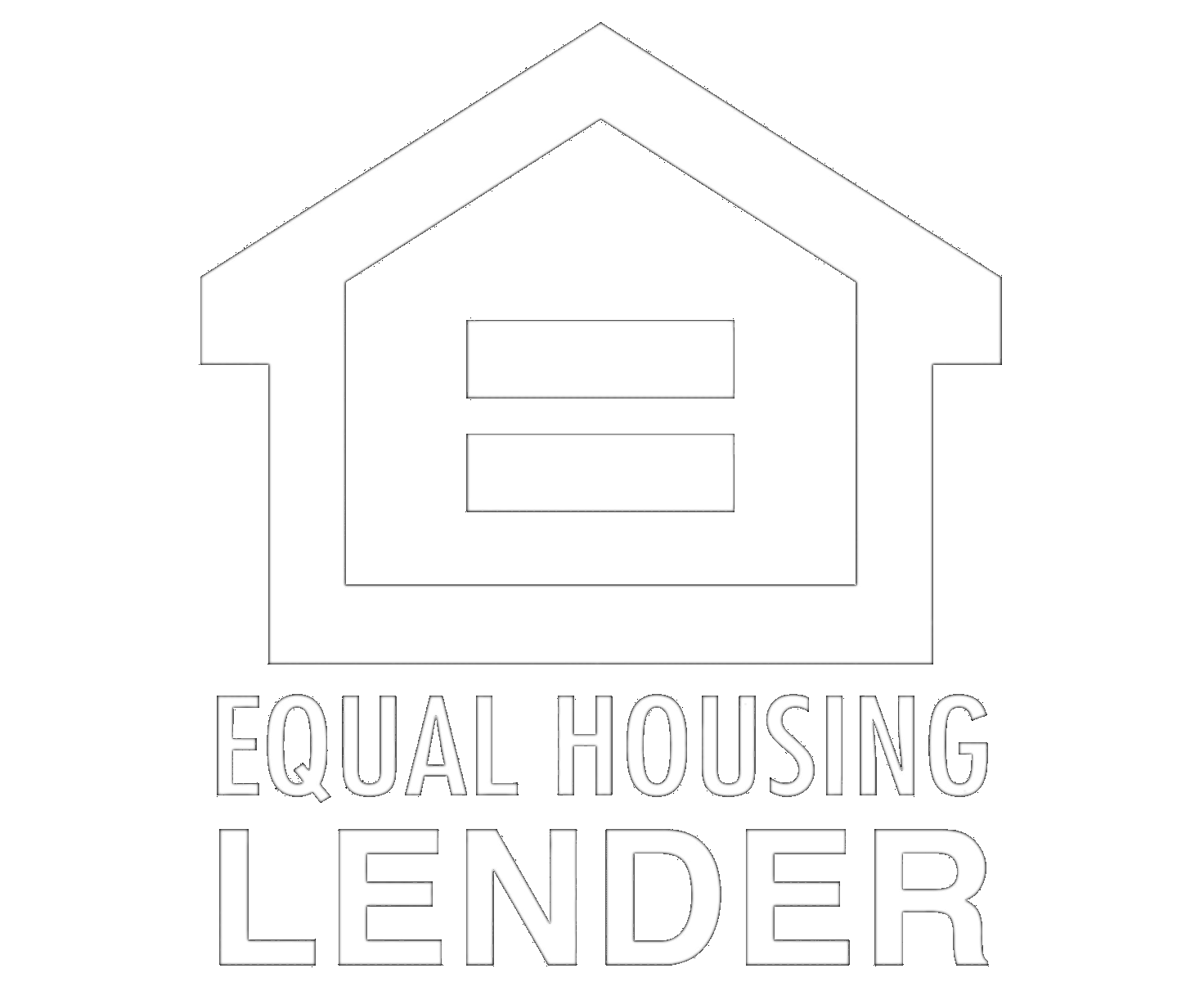In recent years, both homebuyers and homeowners seeking to refinance have encountered high mortgage rates, adding new challenges to the home financing process. Understanding why mortgage rates are high can empower you to make informed decisions about when and how to buy or refinance a home. In this article, we’ll explore the primary factors driving mortgage rates up, including economic conditions, inflation, Federal Reserve policies, bond market dynamics, housing demand, and credit risk.
1. Economic Conditions
The state of the economy is a significant driver of mortgage rates. Here’s how it works:
Strong Economy: When the economy is performing well, consumer confidence is high, leading to greater demand for loans. This increased demand often drives mortgage rates higher as lenders respond to the need for financing.
Economic Downturns: During economic downturns, mortgage rates may decrease as lenders lower rates to encourage borrowing and stimulate economic activity.
Understanding economic cycles can help you anticipate potential shifts in mortgage rates and time your home financing decisions accordingly.
2. Inflation
Inflation plays a crucial role in determining mortgage rates. When inflation rises, the purchasing power of money decreases, which directly impacts interest rates:
Higher Inflation: To protect their profit margins, lenders often increase interest rates in times of rising inflation. This adjustment helps them offset the risk of receiving devalued money in the future.
Impact on Borrowers: When inflation is high, mortgage rates rise as lenders charge more to compensate for the risk of inflation eroding the value of future loan payments.
Staying informed about inflation trends can provide insight into why mortgage rates fluctuate and help borrowers make decisions based on economic forecasts.
3. Federal Reserve Policies
The Federal Reserve (or "the Fed") influences mortgage rates by adjusting its benchmark interest rate, which impacts the overall cost of borrowing in the economy. Here’s how Fed policies affect mortgage rates:
Raising Rates: When the Fed raises interest rates to curb inflation or cool off an overheating economy, mortgage rates often follow suit, making home loans more expensive.
Lowering Rates: Conversely, if the Fed lowers its benchmark rate to stimulate economic activity, mortgage rates tend to decrease, encouraging more borrowing.
Understanding the Fed’s policies and announcements can help you anticipate shifts in mortgage rates and time your financing decisions strategically.
4. Bond Market Dynamics
The bond market, particularly the yield on 10-year Treasury bonds, is closely tied to mortgage rates. Here’s the connection:
Investor Behavior: When investors buy Treasury bonds as a safer investment, bond yields decrease, often leading to lower mortgage rates. Conversely, when investors shift to riskier assets, bond yields rise, pushing mortgage rates up.
Market Stability: The bond market’s influence on mortgage rates reflects investor sentiment; times of uncertainty or risk can drive bond demand up, lowering rates, while economic stability may push rates higher.
Monitoring bond market trends can provide additional insights into mortgage rate movements and aid in planning your home financing.
5. Housing Market Demand
The level of demand in the housing market also influences mortgage rates. Here’s why:
High Demand: In a competitive housing market, where demand for homes exceeds supply, lenders may raise mortgage rates to manage the volume of applications.
Supply and Demand Balance: When the demand for mortgages is high, lenders adjust rates upward as they process a greater number of applications.
If you’re entering a high-demand housing market, you may see higher mortgage rates as lenders respond to these conditions.
6. Credit Risk
The creditworthiness of borrowers affects mortgage rates, as lenders adjust rates based on risk. Here’s how it works:
High Credit Scores: Borrowers with strong credit scores typically qualify for lower rates because they pose less risk to lenders.
Low Credit Scores: As more borrowers with lower credit scores enter the market, overall mortgage rates may rise to account for the increased risk associated with lower credit scores.
If you’re working to improve your credit, understanding this factor can help you qualify for more favorable mortgage rates.
Summary of Factors Influencing High Mortgage Rates
High mortgage rates result from a combination of economic conditions, inflation, Federal Reserve policies, bond market dynamics, housing market demand, and credit risk. Here’s a recap of these drivers:
Economic Conditions: Strong economies drive rates up, while downturns can lead to rate reductions.
Inflation: Rising inflation often leads to higher mortgage rates as lenders adjust for decreased purchasing power.
Federal Reserve Policies: The Fed’s interest rate decisions directly impact mortgage rates.
Bond Market Dynamics: Treasury bond yields influence mortgage rates based on investor behavior.
Housing Demand: High demand for homes can result in higher mortgage rates.
Credit Risk: Borrowers with higher credit risk contribute to rising mortgage rates.
By understanding these factors, potential homebuyers and homeowners can make informed choices about their mortgage options.
FAQs on High Mortgage Rates
Q: How often do mortgage rates change?
A: Mortgage rates fluctuate daily based on economic data, Federal Reserve policies, and market trends. Staying informed can help you catch a favorable rate when applying for a mortgage.
Q: Can I negotiate a lower mortgage rate with my lender?
A: While lenders have set rate policies, it’s possible to negotiate a lower rate, especially if you have strong credit or can make a larger down payment.
Q: Are adjustable-rate mortgages (ARMs) affected differently by these factors?
A: Yes, ARMs are particularly sensitive to Federal Reserve policies and bond yields, as their rates adjust periodically based on economic indicators.
Q: How can I prepare for high mortgage rates as a homebuyer?
A: Improving your credit score, saving for a larger down payment, and considering alternative loan structures can help you secure a more favorable rate despite high mortgage rates.
Understanding the factors driving mortgage rates can guide your financial planning and help you navigate the housing market with confidence.



